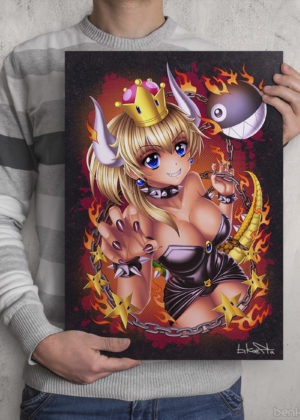I decided to join up to Amazon Affiliates today. If you want to purchase my books, or indeed any other book through Amazon, be sure to do it via clicking on these referral links below. Many thanks for your support
I decided to join up to Amazon Affiliates today. If you want to purchase my books, or indeed any other book through Amazon, be sure to do it via clicking on these referral links below. Many thanks for your support
I just want to give a quick overview / review of my work area. Nothing too in-depth, but hope it's useful to get a gist of another digital artist's set up.
Here's my 2014 set up: Upgraded Lenovo Y500 Notebook PC running Photoshop CS6 + a Wacom Cintiq 22HD mounted onto Dual Ergotron LX Arms
I've now used it to create three or four recent artworks over the last few months. It's working out well. I use the adjustable Ergotron Arm to have it in a floating, elevated position for day to day use and bring it down to the desk at around a 45 degree angle for art projects (see above). I decided to program the Cintiq buttons from top to bottom (for Photoshop use) as:
These would work great for me. The trouble is I often forget to use the the Cintiq's buttons as I'm so used to keyboard keys. And while, in theory, simply having to shift my right thumb to press the buttons would potentially simplify and speed up work flow, most projects still require me to use several other useful short cut keys so often neglecting the buttons and instead sticking exclusively to the keyboard seems to make sense right now.
The screen size is good. I didn't feel I needed the extra couple of inches from the 24" version, and the lower weight from the 22 incher means the adjustable arm I use doesn't have a problem keeping it suspended off the desk. It's not cutting edge screen tech, but gives a good quality result far greater than my previous monitor set up and I have no complaints. Also glad I didn't pay the extra for the touch version as I doubt I'd make use of those features.
At the moment the pen uses a standard nib, which I'll probably change to a felt nib as I like the added friction and softer tip feel. I'm still wondering if I need to get a 'Smudge-guard' glove to reduce palm friction. So far I've not really found this to be a problem so I'll stick without and see how I get on using it over the coming year.
My keyboard [Microsoft Wireless 6000 v3.0] sits to my left (since I'm right handed) and it's pretty comfortable to use while I rest my palm on the desk/palm rest and my elbow on my chair's arm.
I've since extended the Ergotron laptop arm so the screens don't butt up against each other or need to overlap and there's enough space under the tech to clean and dust. All cabling is concealed within the arms themselves.
My printer [Epson 1500W Stylus Photo A3+] fits nicely at the back in the corner typically covered with a custom made cover to keep dust at bay.
My mouse [Microsoft Wireless Mobile 6000] sits on a gel filled mat, which saves me from RSI.
The Cintiq is connected to the laptop via a DVI to HDMI cable. This required opening up the back of the tablet to attach (twice, since I've since extended to cable length from 2m to 3m).
I also bought a Intuos Pen for when I take my laptop elsewhere and obviously the Cintiq has to stay at home. I've used it the Intuos once so far and liking it. I'd better start coming up with some new artworks so I can put this new tech to use.

This one is a bit of a personal post. Outside of the art thing, I've got several other interests. One of which is driving and maintaining my car. A Mazda RX 8 R3.
It may not be a Lamborghini or Bugatti, but Mazda RX-8 is renowned for its distinctive design and exceptional driving dynamics, making it a standout sports car in its class. One key feature is its innovative rotary engine. The Wankel rotary engine in the RX-8 delivers smooth power delivery and high rev capabilities, contributing to a thrilling driving experience.
The RX-8's four-door configuration, unusual for a sports car, adds practicality and convenience without compromising its sporty appeal. The unique freestyle rear doors provide easy access to the rear seats, making it a more versatile choice compared to traditional coupes. The well-balanced chassis and precise steering further enhance the car's handling, allowing drivers to navigate corners with confidence.
Moreover, the RX-8 showcases Mazda's commitment to design aesthetics, featuring a sleek and aerodynamic exterior. Inside, the cabin is thoughtfully designed with driver-oriented controls and comfortable seating. While the RX-8 is recognized for its performance, it also offers a level of comfort and functionality suitable for daily use.
In essence, the Mazda RX-8's combination of a distinct rotary engine, striking design, handling prowess, and practicality sets it apart, making it a go-to for enthusiasts seeking a sports car that excels in both performance and everyday usability.
And did I mention, it looks awesome in pearlescent white?
Including some extensive chip an scuff repair, I gave my RX8 an extensive deep clean and detail which in total totted up to around 40 hours! Most of that was down to removing thousands of tiny black specks from the paintwork, the first step is ask yourself where to start when restoring a car and then comes the others. Still not sure if it was tar, tree sap, break dust or carbon dust from the exhaust, but it was a time consuming pain to get rid of them all. Hopefully if I keep it regularly shampooed and waxed it's not going to need so much attention in the future.
Full detail consisted of~
Alloy Kerbing Repair:
- Sand
- Primer
- Sand
- Primer
- Paint
- Blend
- Paint
Stone Chips Repair:
- Chipex Tri-coat
Exterior Clean:
- Pressure Wash
- Fallout Remover
- Shampoo
- Rinse Wash
- Claybar+ Detailer
Polish:
- Resin Polish
- Gloss Sealant
- Wax Layer
Extras:
- Tyres- Black
- Plastics- Black
- Chrome Clean
- Glass Polish
Interior Clean:
- Hoover Floor, boot etc
- Seat & Side Panels
- Leather
- Gloss Plastics
- Matt Plastics
- Glass
Results:


 There was a nice sun set while I was driving along so I pulled over into a nearby lane and took these with my 'HTC One' phone. Not ideal, but with a few Photoshop contrast adjustments, they'll do
There was a nice sun set while I was driving along so I pulled over into a nearby lane and took these with my 'HTC One' phone. Not ideal, but with a few Photoshop contrast adjustments, they'll do
During the start of the year I was asked to give 1-1 tuition to a talented 11 year old girl interested in bettering her anime and manga drawing skills. Although being more used to older students working solely with digital media, it worked out well. The tuition consisted of setting small projects, demonstrating, drawing together or sometimes just overseeing with the lessons shifting more towards digital as the weeks went on. Here's a compilation of some of the sketches I'd worked on during our process:
 Drawing heads, discussing shading, coloured pencils, inking.
Drawing heads, discussing shading, coloured pencils, inking.
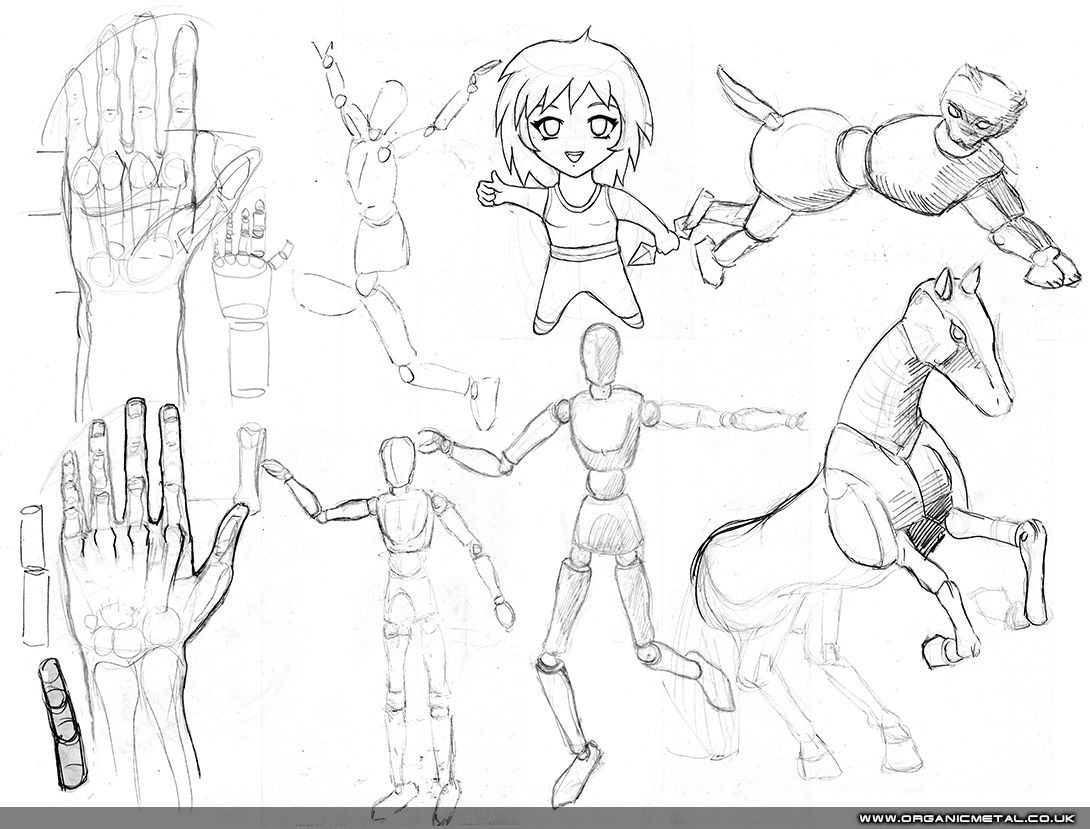 Hands, time limit life drawing from manikins, chibi!
Hands, time limit life drawing from manikins, chibi!
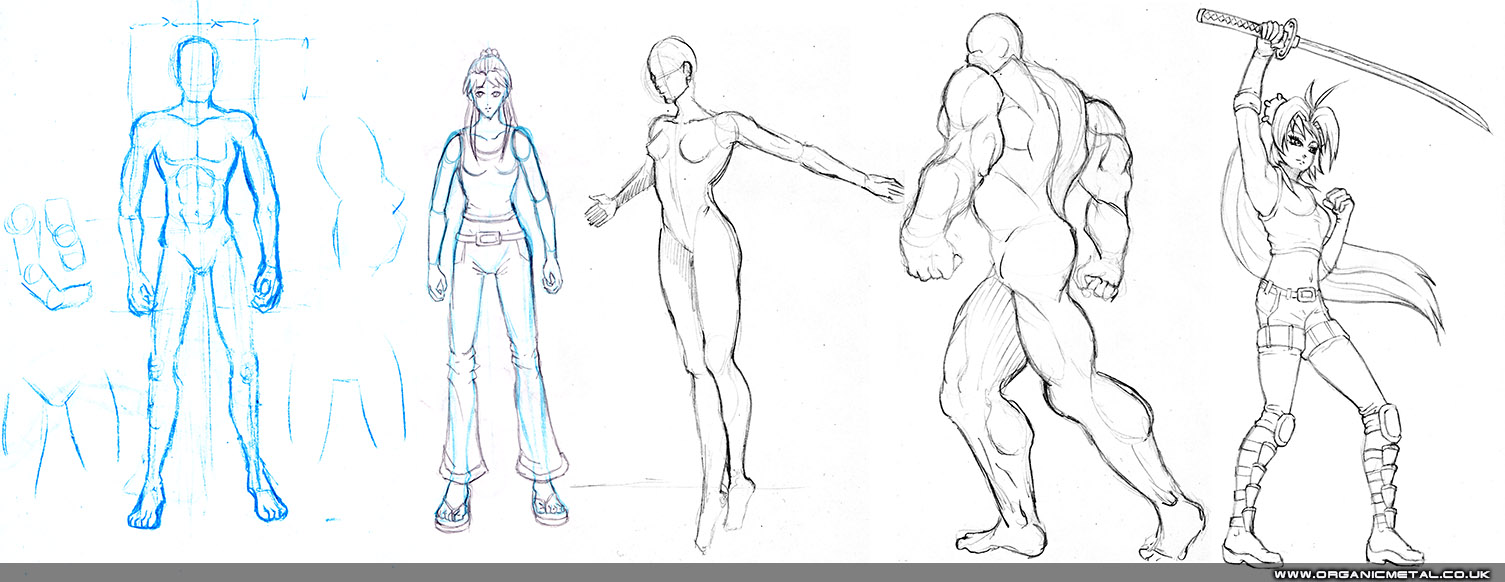 Constructing figures, Posemaniacs time limit reference drawing and adaptation.
Constructing figures, Posemaniacs time limit reference drawing and adaptation.
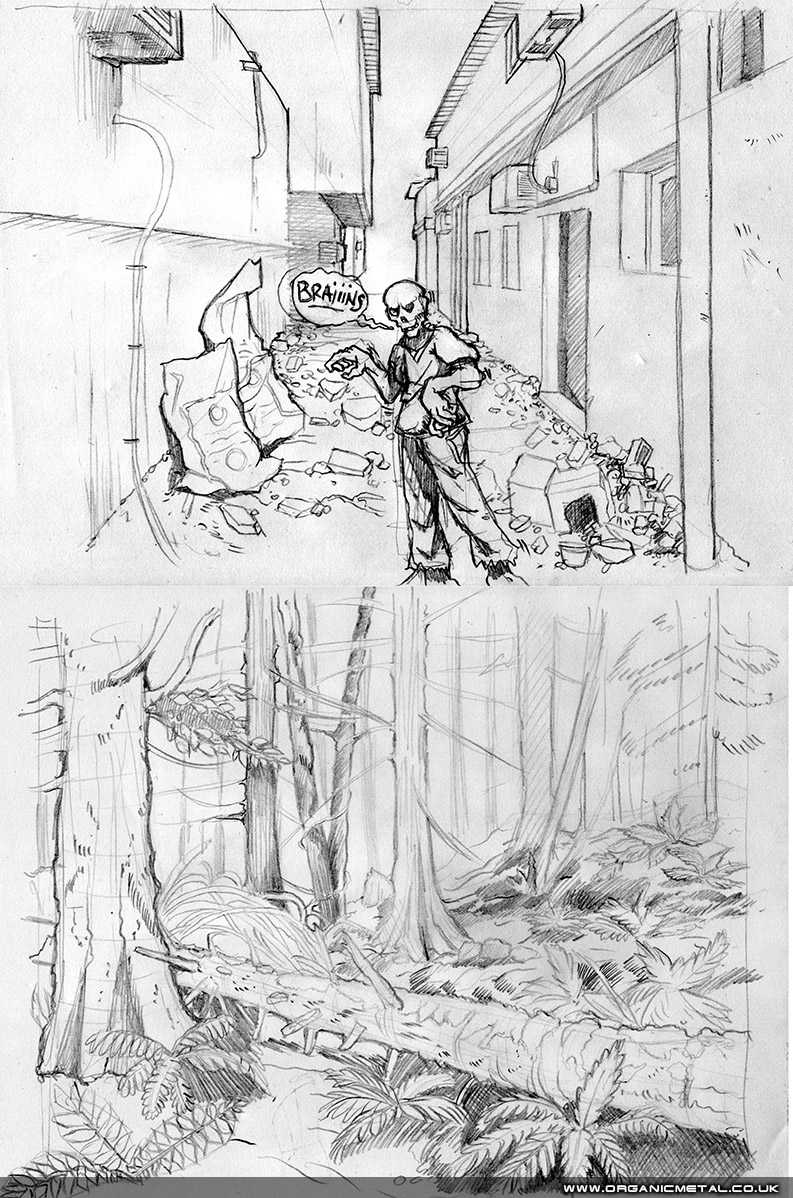 Time limit Backgrounds using reference.
Time limit Backgrounds using reference.
Photoshop original character drawing using Intuos Pen & Touch. Student used Intuos Pro & a Cintiq 22HD. Who's Jimmy Jonh?
This one is a bit of a personal post. Outside of the art thing, I’ve got several other interests. One of which is driving and maintaining my car. A Mazda RX 8 R3.
It may not be a Lamborghini or Bugatti, but Mazda RX-8 is renowned for its distinctive design and exceptional driving dynamics, making it a standout sports car in its class. One key feature is its innovative rotary engine. The Wankel rotary engine in the RX-8 delivers smooth power delivery and high rev capabilities, contributing to a thrilling driving experience.
The RX-8’s four-door configuration, unusual for a sports car, adds practicality and convenience without compromising its sporty appeal. The unique freestyle rear doors provide easy access to the rear seats, making it a more versatile choice compared to traditional coupes. The well-balanced chassis and precise steering further enhance the car’s handling, allowing drivers to navigate corners with confidence.
Moreover, the RX-8 showcases Mazda’s commitment to design aesthetics, featuring a sleek and aerodynamic exterior. Inside, the cabin is thoughtfully designed with driver-oriented controls and comfortable seating. While the RX-8 is recognized for its performance, it also offers a level of comfort and functionality suitable for daily use.
In essence, the Mazda RX-8’s combination of a distinct rotary engine, striking design, handling prowess, and practicality sets it apart, making it a go-to for enthusiasts seeking a sports car that excels in both performance and everyday usability.
And did I mention, it looks awesome in pearlescent white?
It's my RX8's 5th birthday in a couple of months time and decided to make it a little prettier by fixing dozens of chips, scuffs and giving it a thorough clean [in progress].
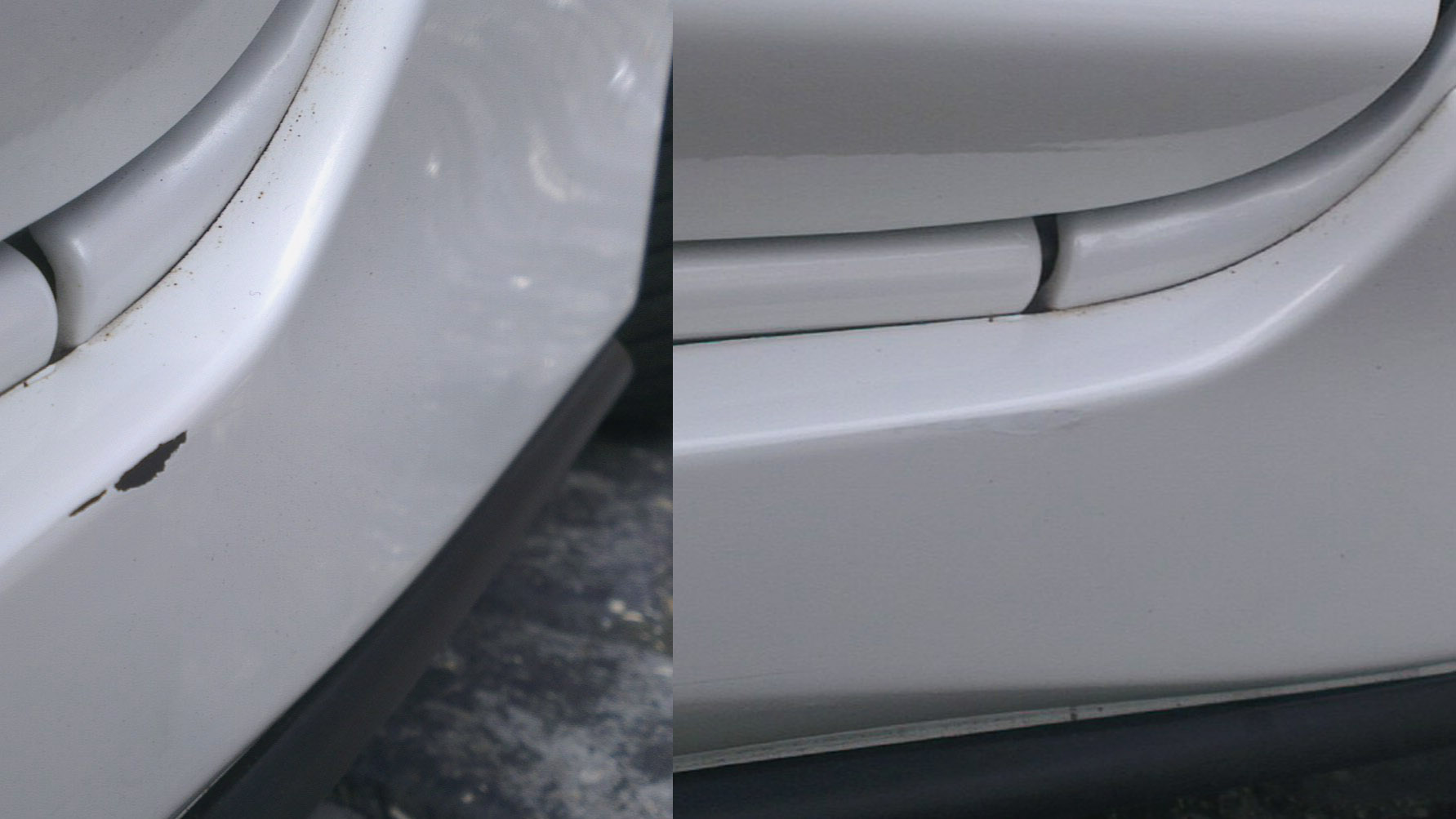 This is one of the more noticeable bodywork scuffs. I fixed up around 30-35 other small chips.
This is one of the more noticeable bodywork scuffs. I fixed up around 30-35 other small chips.
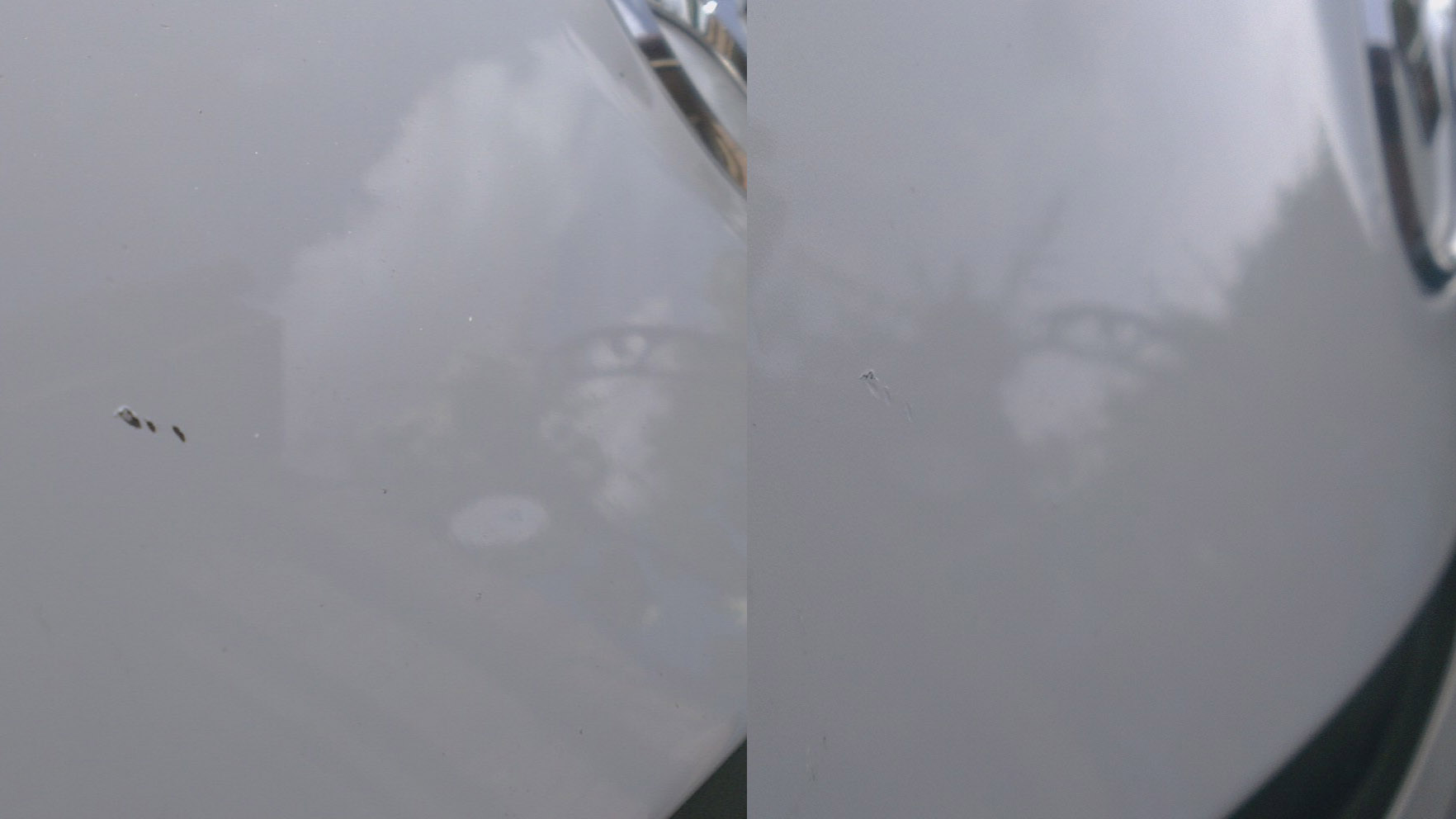 Repaired using the Chipex system. An 'ok' result. Better than it was, at least.
Repaired using the Chipex system. An 'ok' result. Better than it was, at least.
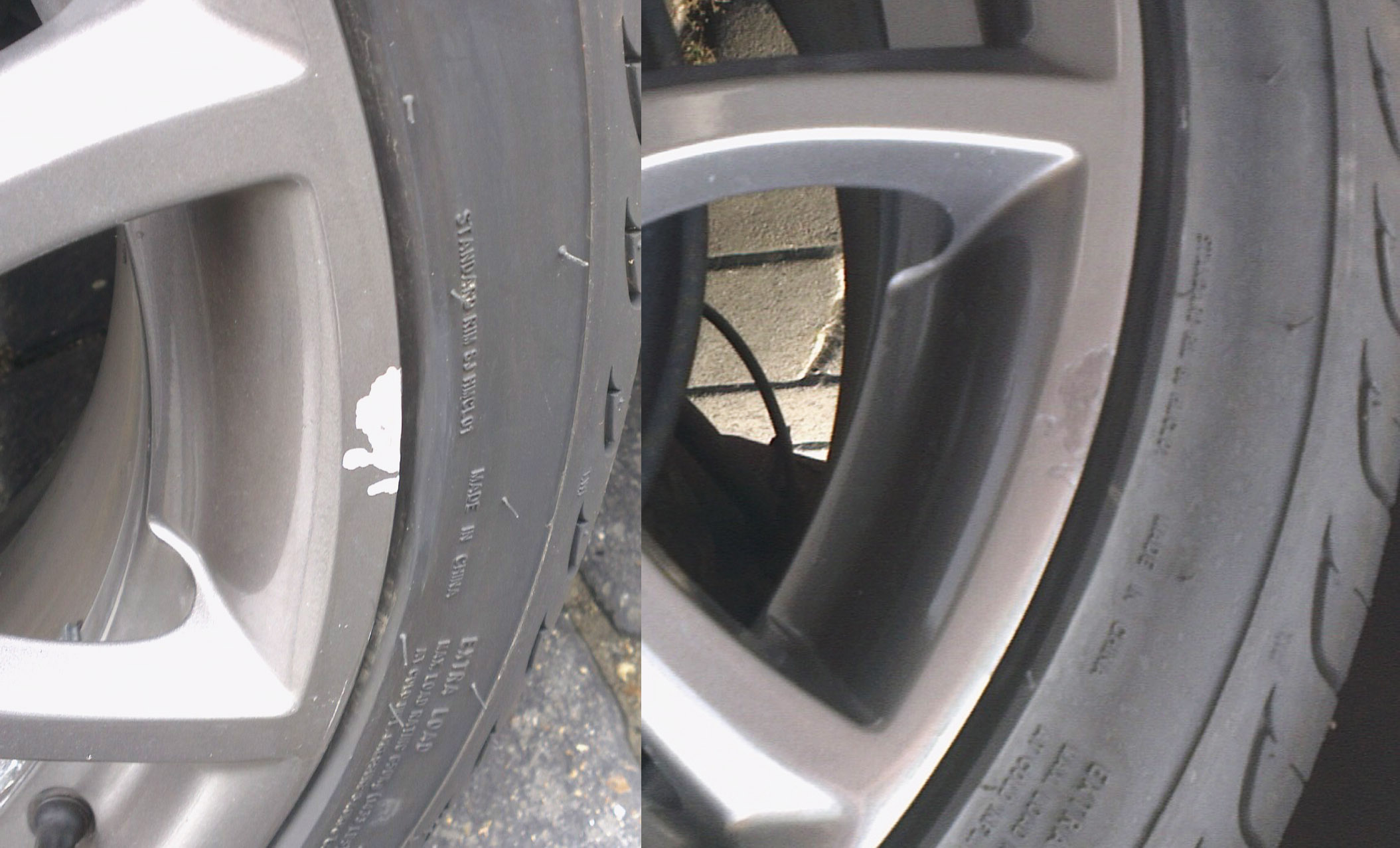 After adding some primer with a brush and a bottle of touch up paint off of eBay for £6 for the wheels, I used some of the Chipex blending solution to help level it out.
After adding some primer with a brush and a bottle of touch up paint off of eBay for £6 for the wheels, I used some of the Chipex blending solution to help level it out.
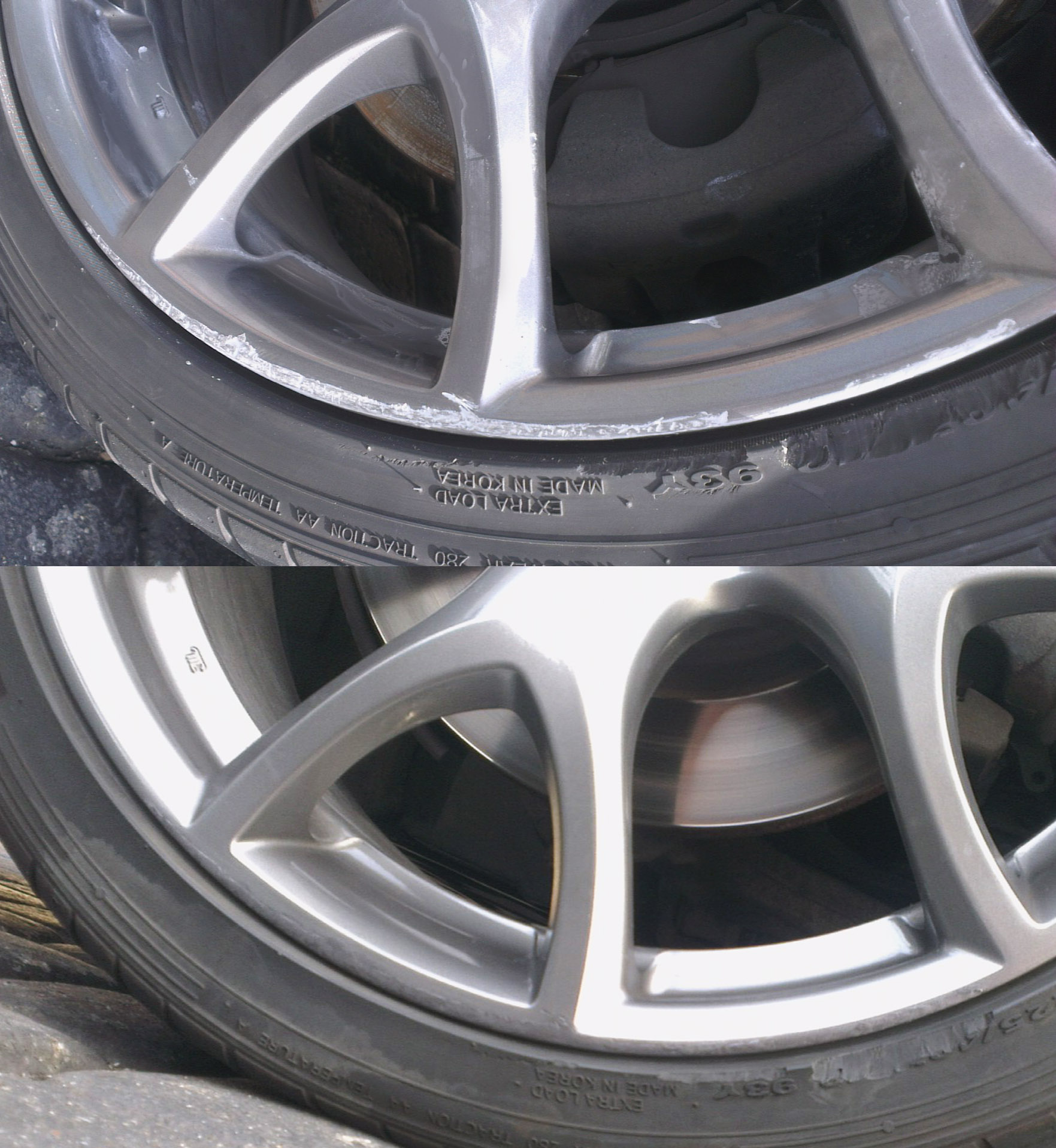 These were pretty badly curbed in places so needed a little sanding before repainting. These photos are taken after sanding and priming with the primer filling in some of the curbing gaps.
These were pretty badly curbed in places so needed a little sanding before repainting. These photos are taken after sanding and priming with the primer filling in some of the curbing gaps.
 I'd say these repairs are only 85% perfect, but to professionally recondition and spray the wheels alone might set me back £200-£300, so more than adequate for an interim fix up job before perhaps having them fully restored to perfection by a pro in a few years time.
I'd say these repairs are only 85% perfect, but to professionally recondition and spray the wheels alone might set me back £200-£300, so more than adequate for an interim fix up job before perhaps having them fully restored to perfection by a pro in a few years time.
Waiting until they create a smart phone with enough capacity to house my music collection. In the mean time I've got several thousand ID3 tags to update >_<
There's several online stores which allow artist to create a page, upload their work as prints or assign them to products like cases and apparel. Royalties and commission then get paid to the artist after the store sells, prints and post orders which use your work.
It seems like a great idea to earn from your artwork without needing to develop and run the platform from which you sell it on- you just spend a little time putting the art (which you probably already have created) online and then wait for the money to begin rolling in! In practice, it's not so straight forward and not as easy as it seems for the vast majority.
I spent about a solid week to set up an account, edit then add around 30 artworks as prints, shirts, skins etc. I watched a few people, promoted some art, got my store indexed on Google and waited several months. I got my first sale recently- made $3.50! Woohoo!
I appreciate I'm not the greatest artist in the world and my current offerings of manga and comic inspired characters aren't going be everyone's cup of tea, but obviously it wasn't worth my time.
If work is good then it deserves to be prominently featured and I'm happy to see good designs gain popularity. However, as of now Society6 does not utilise a fair system of promoting and featuring quality new art on it's home page or at the top of it's search results.
I've seen some awesome artworks on the site which simply don't gain the love, recognition or sales they deserves because they're buried under a pile of designs which came before them. They don't get seen, so don't get likes so don't rise up the search rankings.
Where as designs which gained a decent amount of likes or sales early on in the site's history have risen to the front page or top of search results. These designs therefore get more views, which then leads to more sales, which lead to being more prominently featured, which leads to getting more views and then more sales and so on and so on. This popularity loop then makes it difficult for new artists to get eye-balls on their work.
Being popular and getting the views and likes on a design = more sales. But popularity on the site can be artificially generated or is circumstantial- As mentioned above, perhaps an artist was fortunate enough to acquire some popularity early on before the site gained more members and while there was far less competition (and therefore features more prominently on the site) This seems unfair to newcomers. Or perhaps newbies are being overshadowed buy so-called popular artists; Artists who've whored-out thousands of 'likes'/'promotes'/'favs'/'watches' with the expectation of having the same done in return. The more likes you get, the more popular you seem and the more chance your designs get seen and therefore bought.
I'm sure there are other loop holes or strategies which can be exploited to increase popularity. Much of the artwork on S6 is of an great standard, and with so much competition, it's never going to be easy for a newbie to stand out at the best of times. Popularity loops and other sellers artificially generating popularity with 'like-reciprocation' doesn't help matters.
The people that seem to have success on S6 (and similar sites) are either/and/or:
If you have all those three ingredients nailed, you're gonna make some good money, be it at Society6 or similar stores. For the rest of us, it's gonna be very hit and miss and you will just have to try it and see what happens, as I have. The hardest part is taking some time out (in my case, a week) to see how well you're art sells (or doesn't sell!). Trying it for yourself is the only way to know for sure.
Feel free to check out my store here: http://society6.com/BenKrefta
I found this info interesting and reposting mostly as a reminder to myself:
Why aren’t more artists’ blogs more successful?
Most artists’ blogs fail because they fail to understand the basic truth about artists’ blogs:
Nobody’s reading your blog because of your art.
Your typical artist’s blog usually consists of little more than a photograph of the latest art piece, with a brief description like, “I painted this yesterday. I like how the purple dog clashes with the green sofa.” Or whatever.
But the reality is, most people are not reading your blog because they have an inherent love for purple dogs and green sofas. They’re reading your blog because THE PERSON YOU ARE inspires them. They’re not reading your blog because they’re thinking of buying your paintings, they’re reading your blog because the way you approach your work inspires them. It sets an example for them. It stands for something that resonates with them. IT LEADS THEM TO SOMEWHERE THAT THEY ALSO WANT TO GO.
And if your blog can do that, suddenly your readers are associating purple dogs and green sofas with something that ACTUALLY matters to them. And then, and only then, do they pull their credit cards out. Ker-chiing.
That’s the REAL job of the artist: To be a leader, not to fill the space with pretty “stuff”.
That’s also the REAL job of any blogger: To be a leader, not fill the space with pretty “content”.
Why? Because whatever your blog is about, it doesn’t matter- it’s either leading people somewhere worthwhile in a meaningful, positive way, or…
Nobody’s frickin’ reading it, end of story.
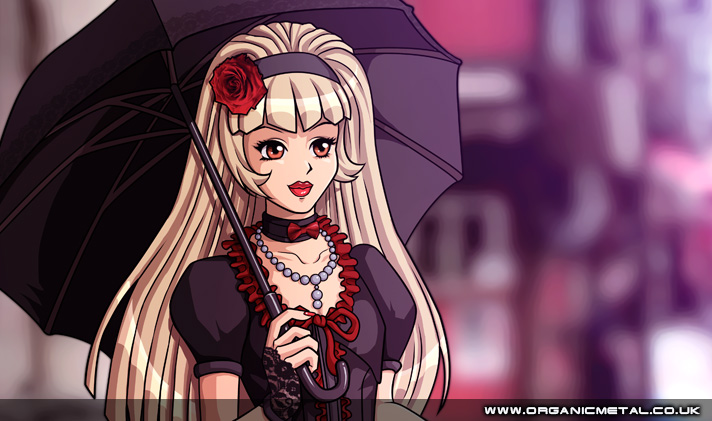 Character example for an upcoming book project I'm working on.
Character example for an upcoming book project I'm working on.
Gothic Lolita is a unique fashion subculture that emerged in Japan, characterized by a blend of Victorian and Rococo-inspired clothing with a dark, gothic aesthetic. This style is part of the larger Lolita fashion movement, which emphasizes modesty, femininity, and elegance. Gothic Lolita, however, incorporates darker elements such as black or deep-coloured dresses, elaborate lace, and accessories, often accompanied by Gothic makeup and hairstyles.
The fashion originated in the late 20th century in Japan and was heavily influenced by the visual kei music scene, where musicians embraced flamboyant and theatrical fashion. Designers like Mana, a guitarist known for his involvement in the band Malice Mizer, played a significant role in popularizing Gothic Lolita through his fashion brand Moi-même-Moitié.
Gothic Lolita is adored for its intricate and doll-like aesthetics, creating a fantasy world that allows individuals to express their creativity and rebellion against mainstream fashion norms. The emphasis on modesty and elegance, combined with the dark and mysterious undertones, gives wearers a sense of empowerment and escapism. The fashion has transcended its Japanese origins and gained international popularity, with enthusiasts appreciating its artistic and avant-garde nature, as well as the sense of community it fosters through events, social media, and dedicated fashion subcultures around the world.
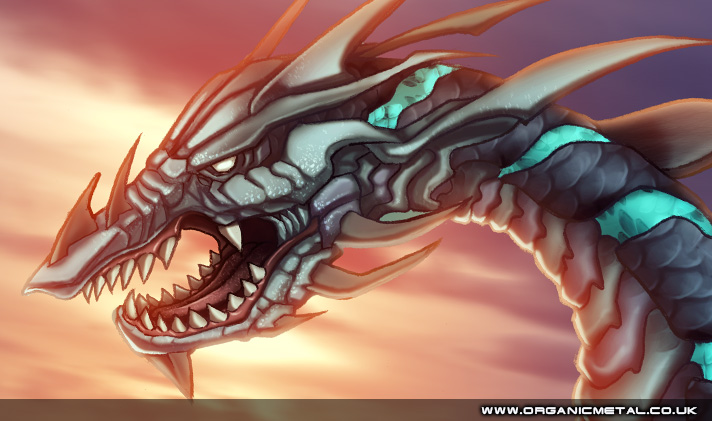 Character example for an upcoming book project I'm working on.
Character example for an upcoming book project I'm working on.
The term "Leviathan" has historical, religious, and literary connotations. Historically, it referred to a giant sea monster or creature, often associated with chaos and the primordial forces of the ocean. This concept has roots in various mythologies and ancient cultures, with the Leviathan symbolizing the untamed power of the seas.
Religiously, the Leviathan is mentioned in the Bible, particularly in the Book of Job and the Book of Isaiah. In these texts, it is depicted as a powerful and fearsome sea monster, representing chaos and the forces of evil that humanity must contend with.
In a literary context, the concept of the Leviathan is explored in-depth by philosopher Thomas Hobbes in his work "Leviathan," published in 1651. Here, Hobbes uses the Leviathan as a metaphor for a powerful, all-encompassing government that maintains order and prevents the "war of all against all" in society. The Leviathan, in this sense, is a symbol of sovereign authority and social contract.
Overall, whether as a mythical sea creature, a biblical symbol, or a political metaphor, the term Leviathan carries rich and varied meanings across different cultural, religious, and philosophical contexts. It embodies notions of power, chaos, and the struggle for order in the face of formidable forces.
